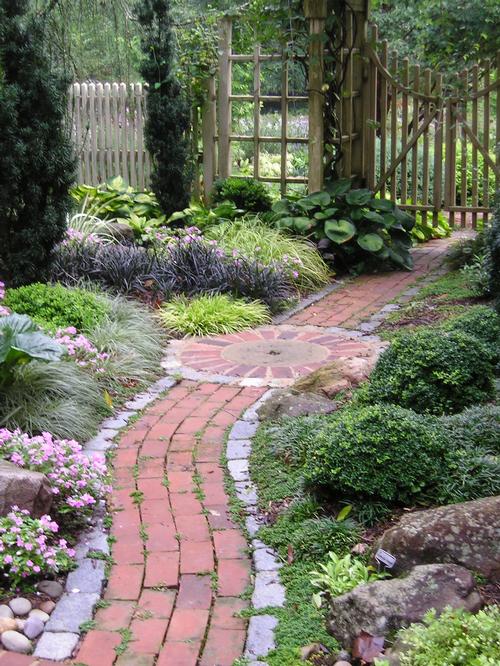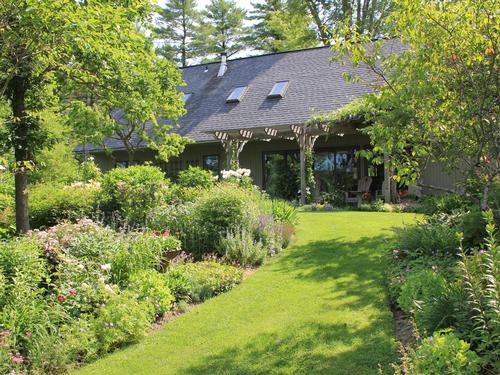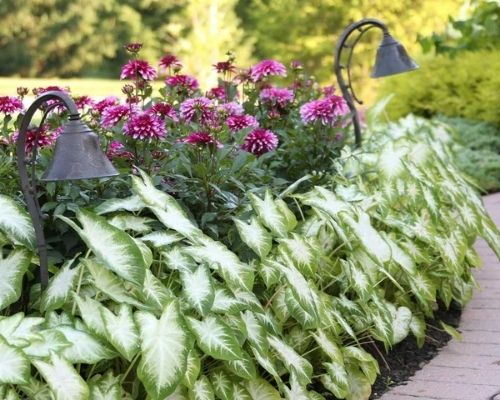Understanding the Elements of Garden Design
The world's most beautiful gardens are an artful interplay of plants, hardscaping and the landscape itself. Here are some of the factors to consider when designing -- or redesigning -- your garden.
Everyone experiences color differently. And while we experience color mostly through our eyes, it also affects us emotionally. You can choose flower colors based on what you like or on the overall effect you want to achieve. Visit our Color 101 article to learn more about the science of color and selecting colors for your garden.

Designing a garden rarely starts with a blank slate. Existing trees, shrubs and other landscaping elements usually have a big impact on the design. Mature plants may need to be removed to admit more light. You may want to re-route pathways, replace hardscaping or remove structures.
Natural elevation changes can be an asset in garden design, suggesting ways to divide the garden into "rooms". Retaining walls are a good solution for steep slopes. Soil quality is another important factor to consider. Most plants grow best in loose, well-drained soil, so your garden design may need to include plans for drainage and soil improvement.

Sitting areas, patios and decks are enjoyable places to gather and can make your garden a pleasant extension of your home. Plan for the transitions between your lawn, garden and patio by using plants, structures and hardscaping to direct the flow of traffic.
Plants can be used to give your outdoor space more privacy. Trees and shrubs create visual barriers and will also muffle sounds from the street or a neighbor’s yard. Fences add instant privacy and can provide an interesting backdrop for shrubs and perennials.
Walkways and paths are a vital part of garden design. They create the pacing and movement through your landscape. Consider the width of the pathways as well as their surface textures. A wide brick walk both feels and looks very different from a narrow path covered in shredded bark. Also consider how nearby plantings will interact with the path. You may like the effect of a crisp edge or may prefer having plants spill over the edges.
Garden art and structures such as an arbor or tool shed can add personality to your garden. But these features can also make a garden feel small and crowded, so choose wisely.
To learn more about garden design, you may be interesting in reading: Texture in the Garden and Landscape Styles.

